Review of the smartphone ASUS ZenFone 4 Max
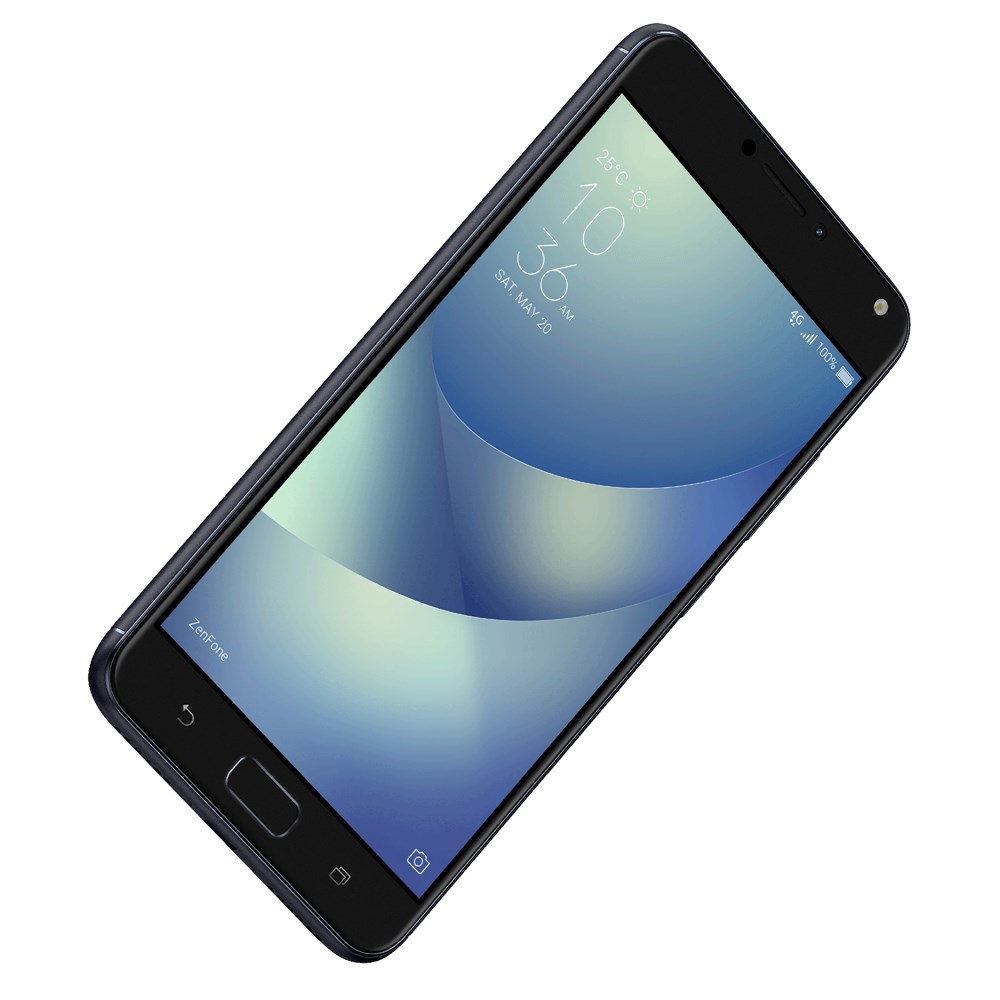
Recently, we considered the first in the history of ASUS smartphone with two cameras. And here came the new model, ASUS ZenFone 4 Max, which incorporated the features of two smartphones at once: two main cameras and a large battery with the ability to charge other gadgets ( ZenFone 3 Zoom ) and additional functionality for selfies ( ZenFone Live ).
Specifications
Operating system : Android 7.1
Processor :
Eight-core Qualcomm Snapdragon 430
Quad-core Qualcomm Snapdragon 425
Graphics :
Adreno 505 (S430)
Adreno 308 (S425)
RAM : 2/3 GB
Built-in memory : 16/32 GB
Display : 5.5 inches, 1280 x 720, IPS
Cameras :
Primary: 13 MP, f / 2.0 aperture, focal length 26 mm, viewing angle 80 °, electronic image stabilization, phase autofocus for 0.03 s
Wide: 5 MP, focal length 12 mm, viewing angle 120 °
Front: 8 megapixel, f / 2.2 aperture, focal length 24 mm, viewing angle 85 °, LED flash with diffused light
Wireless :
WLAN 802.11 b / g / n
Bluetooth 4.1
Wi-Fi direct
Navigation : GPS, AGPS, GLONASS, BDS
Memory card : micro-SD up to 256 GB (two SIM cards and a memory card are simultaneously installed)
Battery : 5000 mAh, non-removable, accelerated charging of other mobile devices (1 A)
Charger : Output: 5 V, 2 A, 10 W
Dimensions : 154 x 76.9 x 8.9 mm (H x W x T)
Weight : 181 gr.
AnTuTu specifications 











Appearance
The ZenFone 4 Max has an aluminum body with a strict, almost classical design by modern standards. Antennas are located above and below, so that these zones are made of a dielectric material.
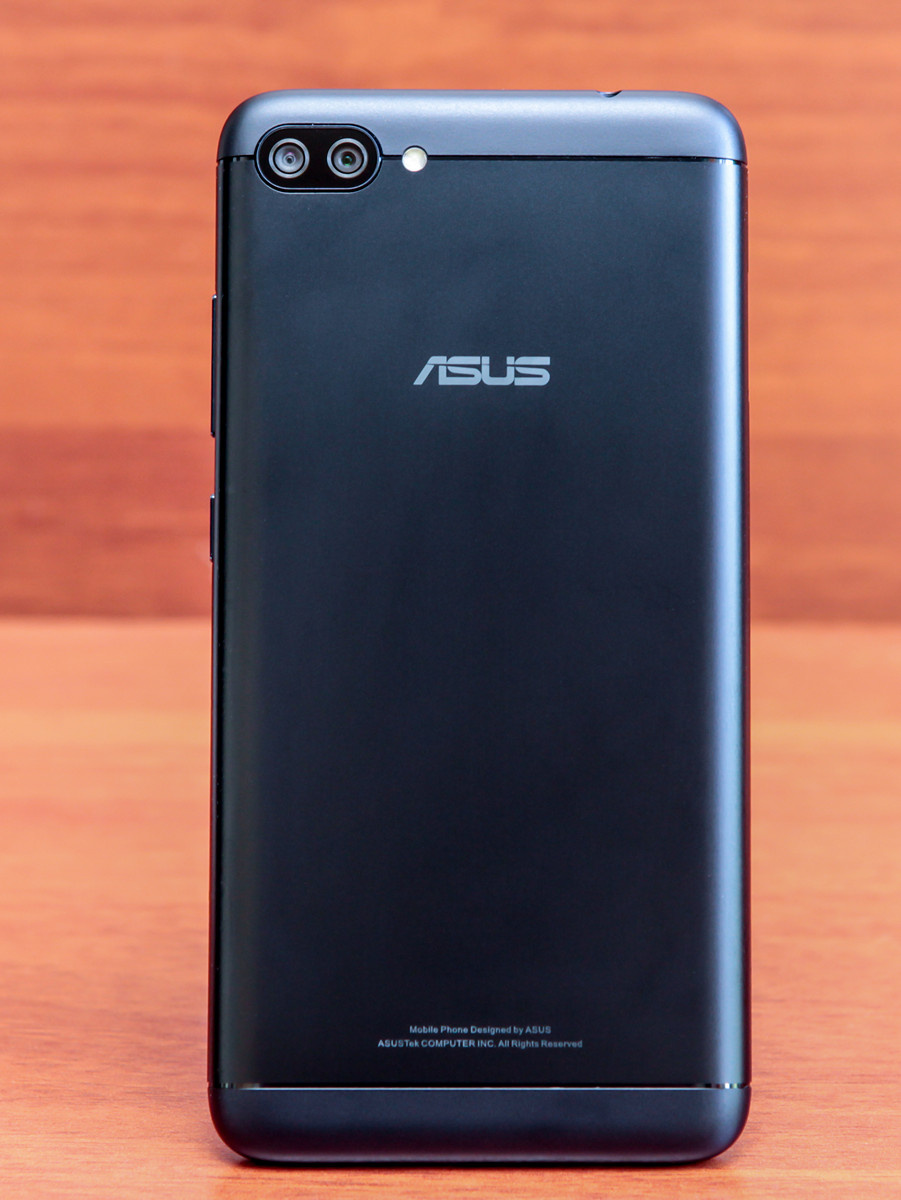

In the upper left corner is assembled a block of cameras and a flash:
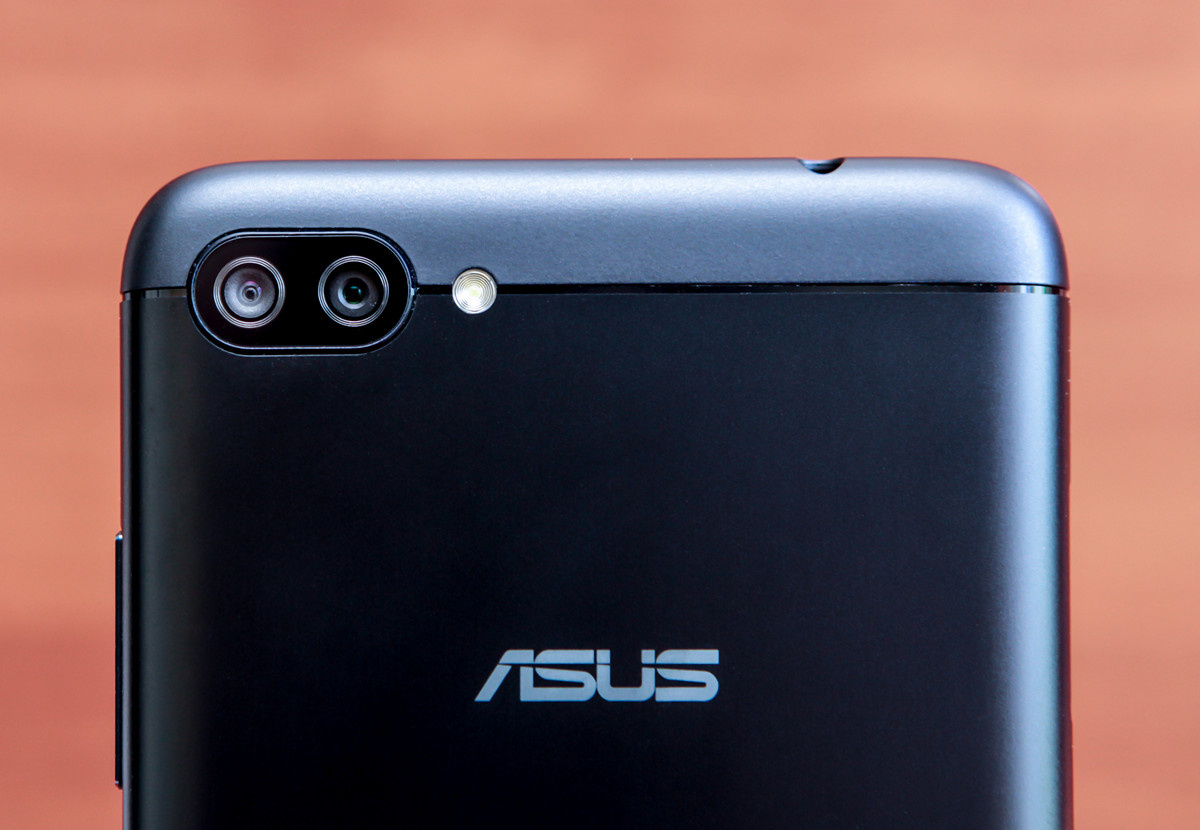
Lens slightly protrude from the body:

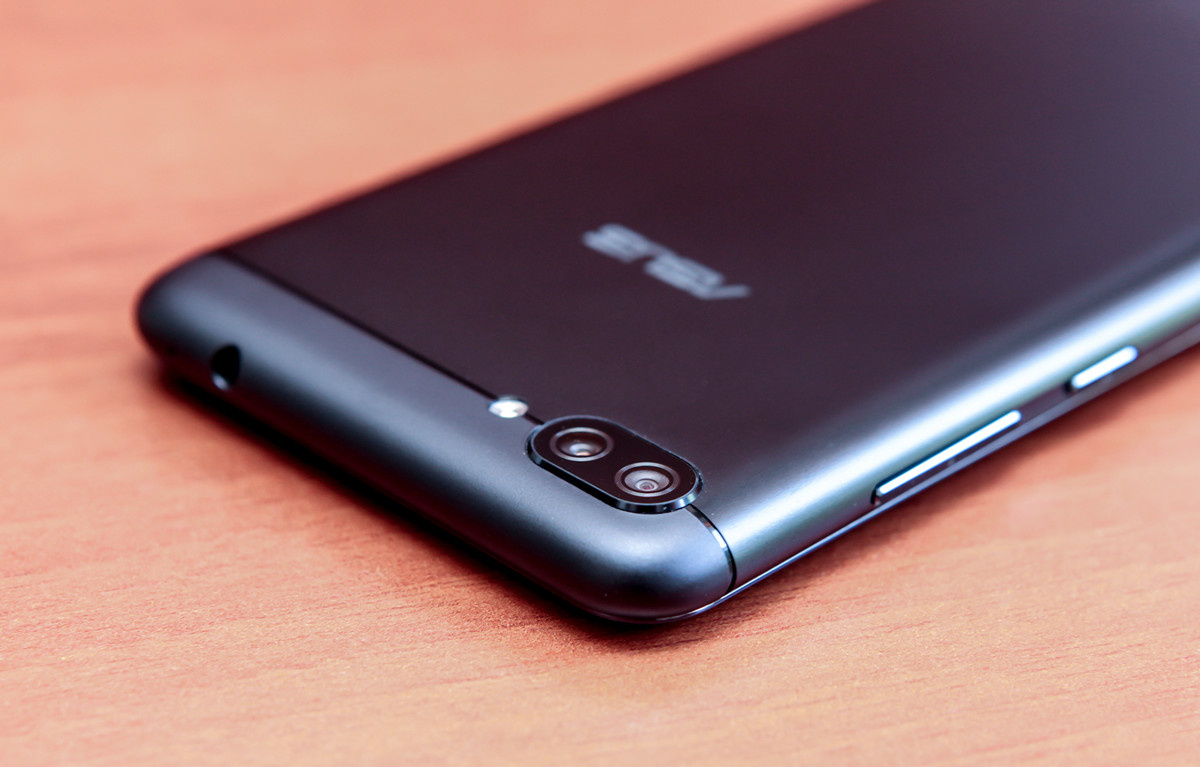
All the edges and corners of the smartphone are rounded, so that it is very comfortable in the hand.
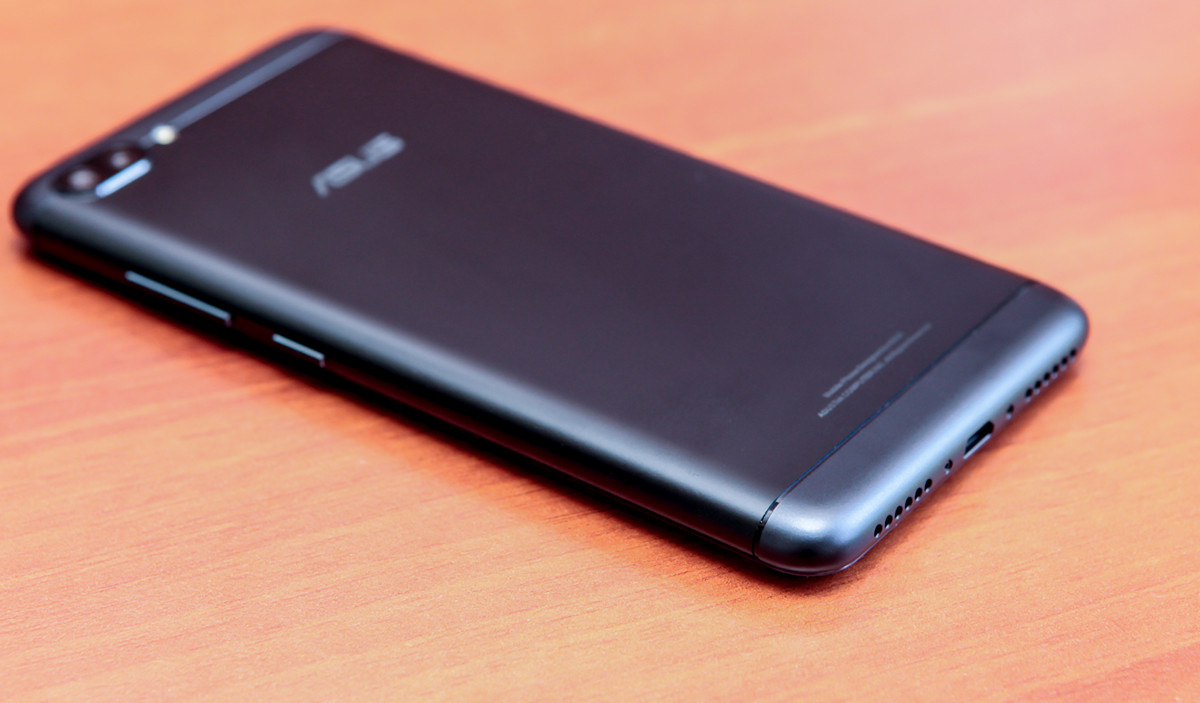
ZenFone 4 Max is a rare representative of ASUS smartphones, which has a rectangular fingerprint sensor button instead of the familiar Home button with a house icon.
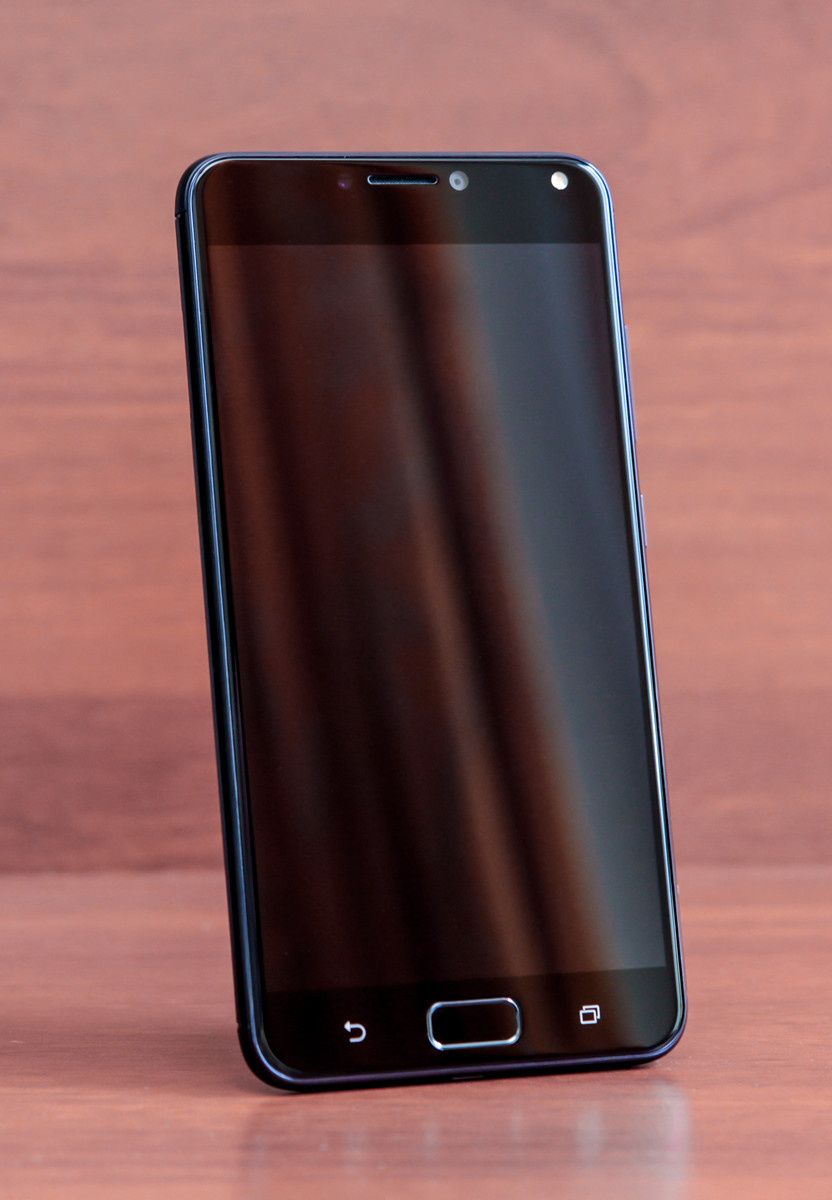
It is slightly recessed into the hull.
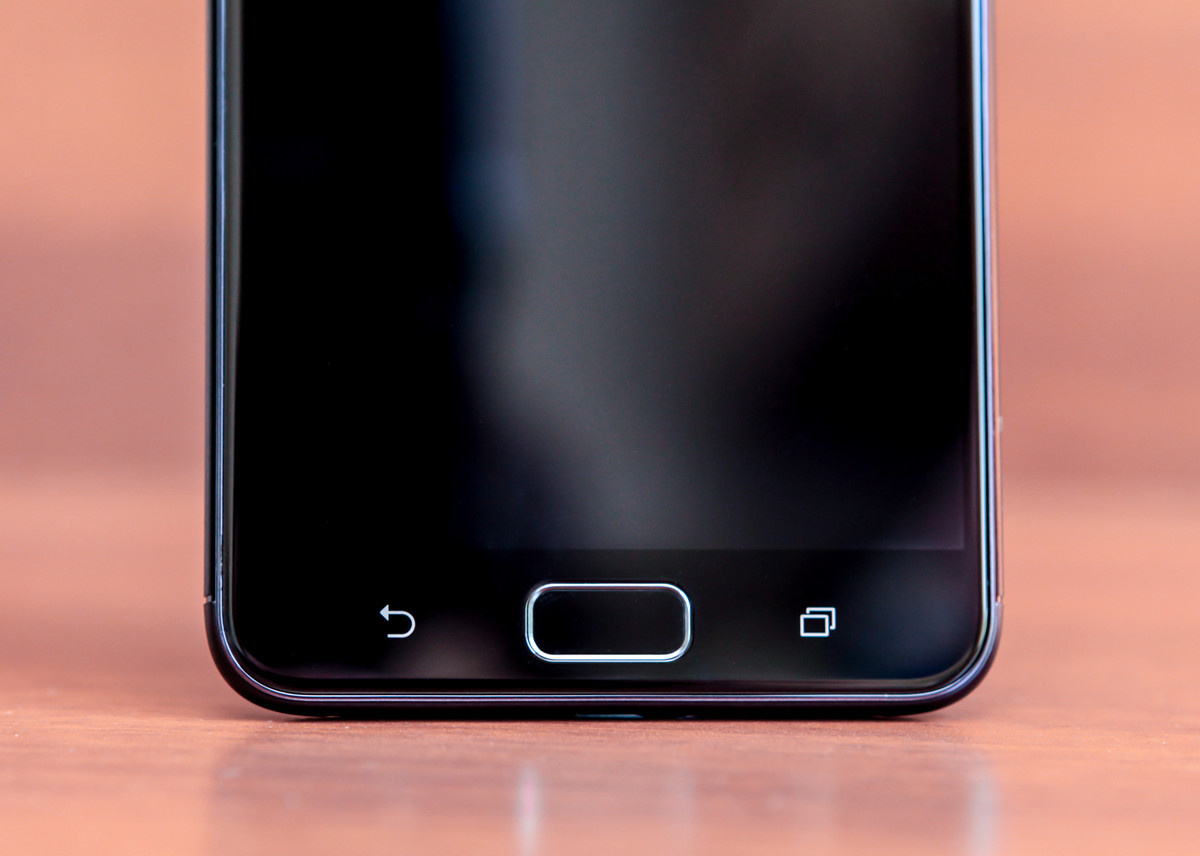
In the right corner of the front of the smartphone is a flash of ambient lighting for selfi. Diffuse - so that the face is lit softer, because the sharp directional light "kills" the shadow and visually "flattens" the object.

The protective glass is not made flush with the body, but slightly protrudes above it, while the edge of the glass is carefully rounded, and a bandage frame runs along the perimeter.

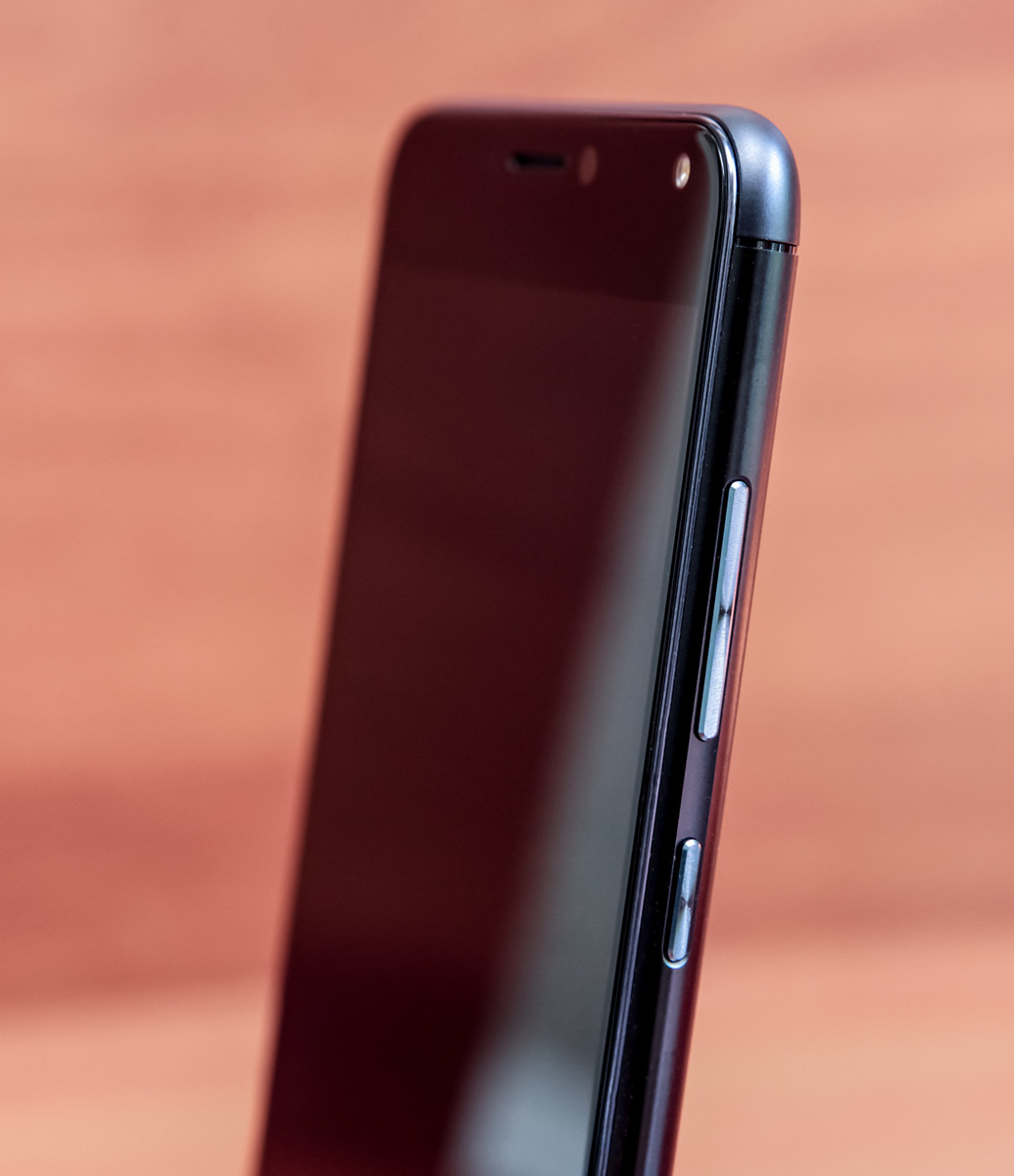
On the right side of the smartphone are the volume and power buttons:

On the bottom there are large speaker grids and a micro USB connector:
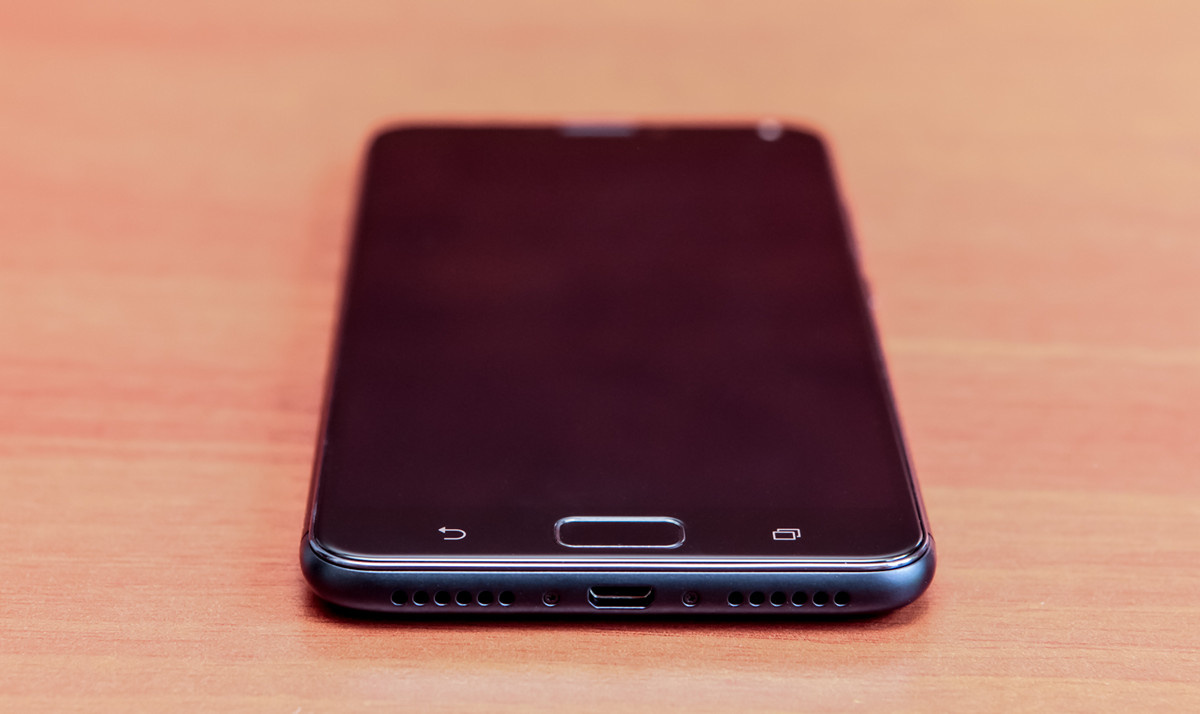
At the top are the audio jack and microphone:
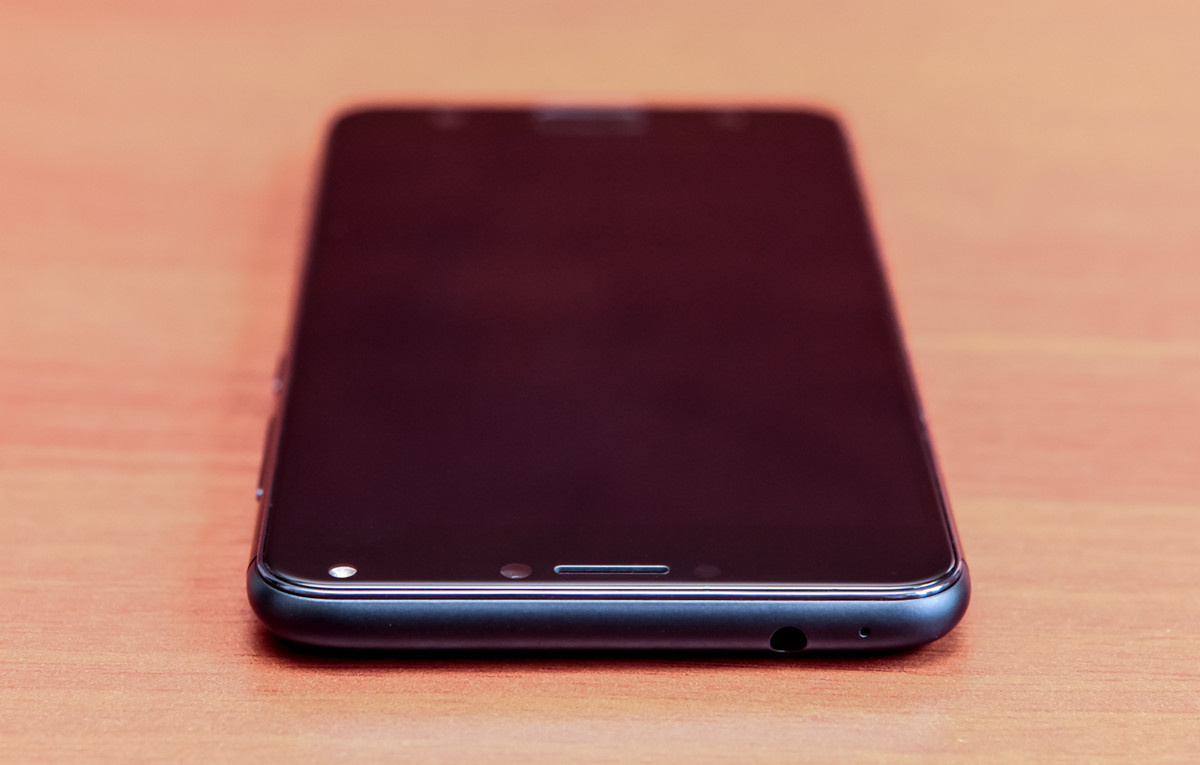
Finally, on the left side is a tray for SIM-cards and micro-SD memory cards:
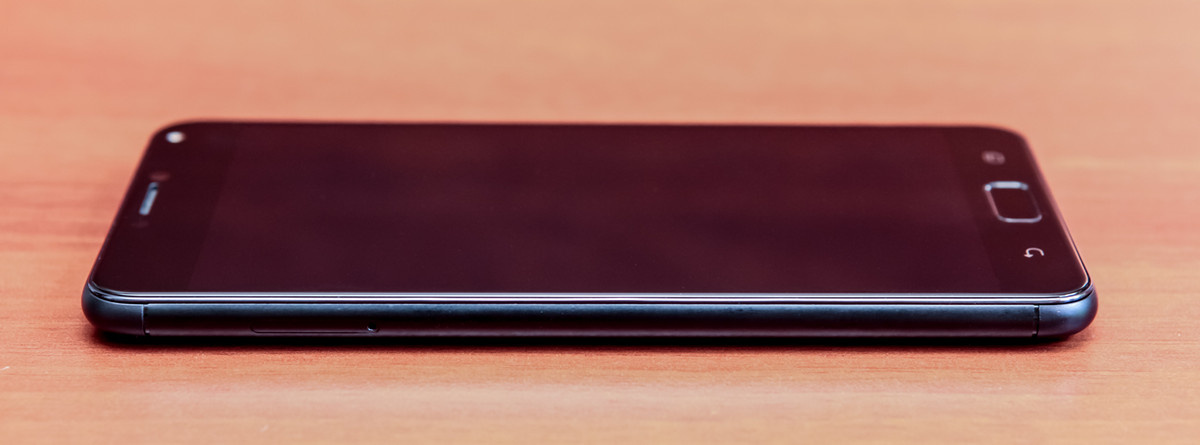
ZenFone 4 Max owners will like the new tray, because now you don’t need to choose between the second SIM card and the memory card. There are two slots for SIM-cards and one for the micro-SD card - this is convenient.

Available body colors:

Display
The smartphone is equipped with a high-quality IPS-display with a diagonal of 5.5 inches and a resolution of 1280 x 720. The pixel density is 269 dpi. At first glance, HD-resolution for such a diagonal is not enough, but it is not: the image looks perfectly smooth. I have no complaints about the quality of color rendition and viewing angles: IPS is in IPS in Africa, so the picture of ZenFone 4 Max does not change, whatever it may say, as if printed on paper.
Photography
The most noticeable innovation in the smartphone is two rear cameras, one “ordinary”, the second wide-angle. As you know, transfocal lenses - that is, with a variable focal length, or “zooms” (tracing from English) - are inferior in image quality and luminosity to lenses with a fixed focal length. But the ability to change the viewing angle of the lens, “bringing closer” and “removing” objects from itself, is so convenient that, thanks to the miniaturization of the element base, manufacturers began to increasingly equip smartphones with two cameras at once with different focal lengths.
The “main” camera ZenFone 4 Max has a 13 megapixel matrix, a focal length of 26 mm and a viewing angle of 80 °. The aperture is f / 2.0, there is electronic image stabilization: the picture from the lens is not projected onto the entire matrix, but with fields; when the smartphone oscillates, the picture shifts across the matrix, and the processor takes these movements into account and makes adjustments. Also in the "main" camera applied phase autofocus, triggered at speeds up to 0.03 seconds.
The second camera - with a matrix of 5 MP, wide-angle, has a focal length of 12 mm and a viewing angle of 120 °. It is used as an auxiliary, for shooting in conditions of limited space, for landscape shooting, and in situations when you need to fit as many objects as possible into the frame.
Finally, the front camera is equipped with a 8 megapixel matrix, has a focal length of 24 mm, a viewing angle of 85 ° and an aperture of f / 2.2. Also available is a front flash of ambient lighting, which allows you to shoot selfi and video in low light, without trying to find a lighter place, without becoming necessarily facing external light sources. Also, when switching to the front camera, the proprietary technology BeautyLive, described in detail in the review of the ASUS ZenFone Live smartphone, becomes available. In short: this is a software construction of portraits, in which you can separately adjust the degree of smoothing and correction of skin color, eye size, face contour and lighting. Also from BeautyLive, you can immediately enable video broadcasting in one of the social networks.
The photo app interface has changed a lot. All icons are converted, the design has become more abstract and rigorous.
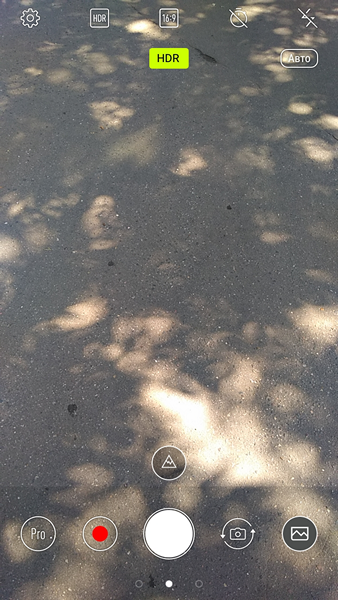
At the top are buttons:
- settings,
- activation of HDR mode
- switching the aspect ratio of the frame (16: 9 - 8 Mp, 4: 3 - 13 Mp).
- self-timer
- and flash.
The number of shooting modes has been reduced, and their list can now be accessed by simply swiping the screen to the right, rather than trying to get through a small icon.
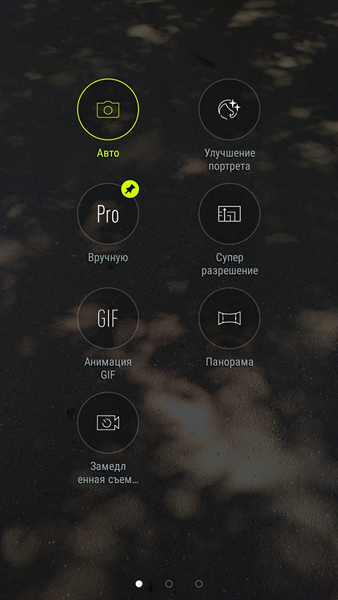
Slow motion is not an increase in the frame rate, when a certain object moves very slowly, but timelapse, or, as they used to say in the USSR, time-lapse shooting (German Zeitraffer ). To shoot in this mode, you need to fix the smartphone, set the interval between frames and go to sleep / read / watch a movie / meditate / walk.
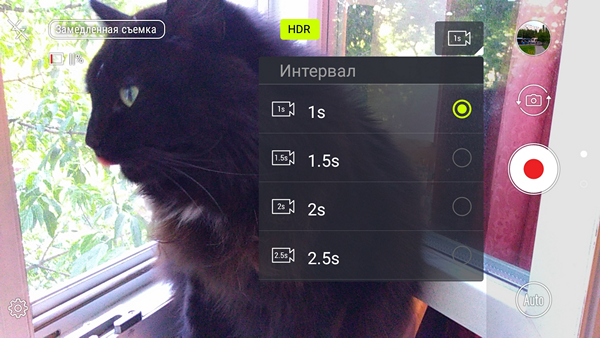
If you swipe left from the main screen of the photo application, the screen for quickly applying post-processing filters opens.
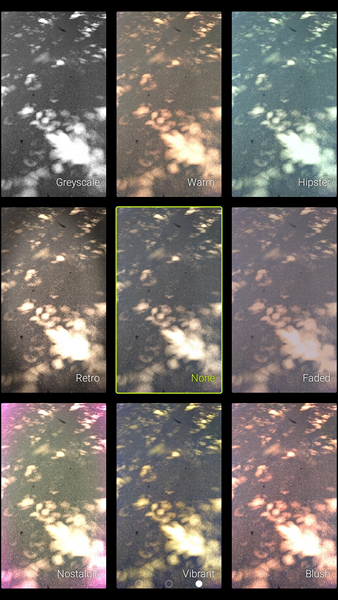
When you click on the Pro button, the manual setting of shooting parameters is enabled:

Here a bar graph of light distribution in the frame is displayed on top, a level indicator is in the center, and a panel appears below:
- resetting to automatic,
- focusing,

- excerpt

- ISO,

- exposure compensation,

- white balance.

Also for connoisseurs of harmonious composition in the settings, you can enable the display of the grid according to the “rule of thirds”.

The button in the middle of the bottom panel, with a triangle symbolizing the mountain, is responsible for instantaneous switching between the “main” and wide-angle cameras.
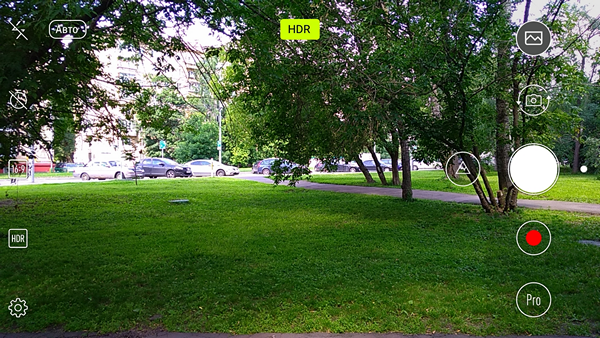
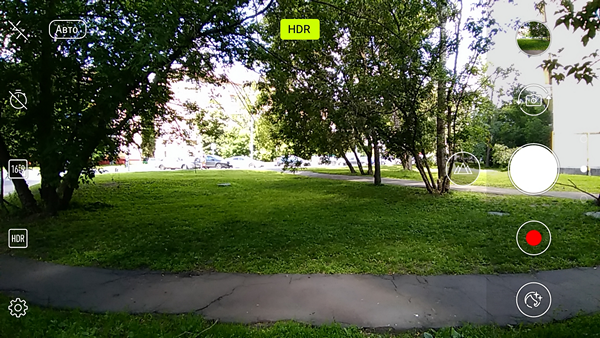
Please note that for the wide-angle camera, instead of the manual mode, only the BeautyLive mode is available. It is quite logical: after all, usually friends of friends are shooting at a wide angle, and here it’s more important not to choose a quotation, but to make everyone happy with how they came out in the photo.
There is no optical zoom in ZenFone 4 Max, but there is a digital zoom that is controlled by a “zooming gesture” when you are moving or sliding something with two fingers. Although do not forget that this is just a software crop, so with this zoom the quality will deteriorate.
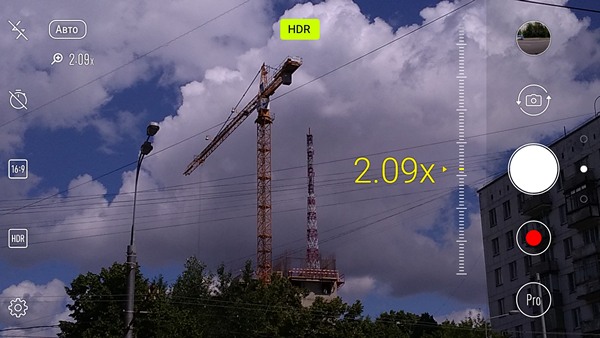
Also, after shooting, you can put some kind of art filter:
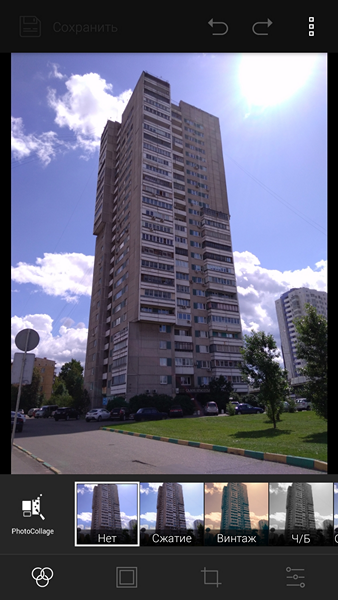
The cameras focus quickly, the phone does not “flicker” for a long time with autofocus, trying to understand what to focus on. By jerking your finger on any area of the screen, you can set the automatic choice of exposure at this point. In the settings, the touch screen can be configured to release the shutter.
Shooting results
I must say that, for some reason, automatics did not determine the white balance very well: in many pictures of the “main” camera, the departure to the blue is noticeably noticeable. However, it was easy to fix: it was enough to switch to manual mode and independently set the appropriate color temperature. I attribute this to the test sample, I think it will be adjusted in serial samples.
"Main" camera (4: 3 aspect ratio):
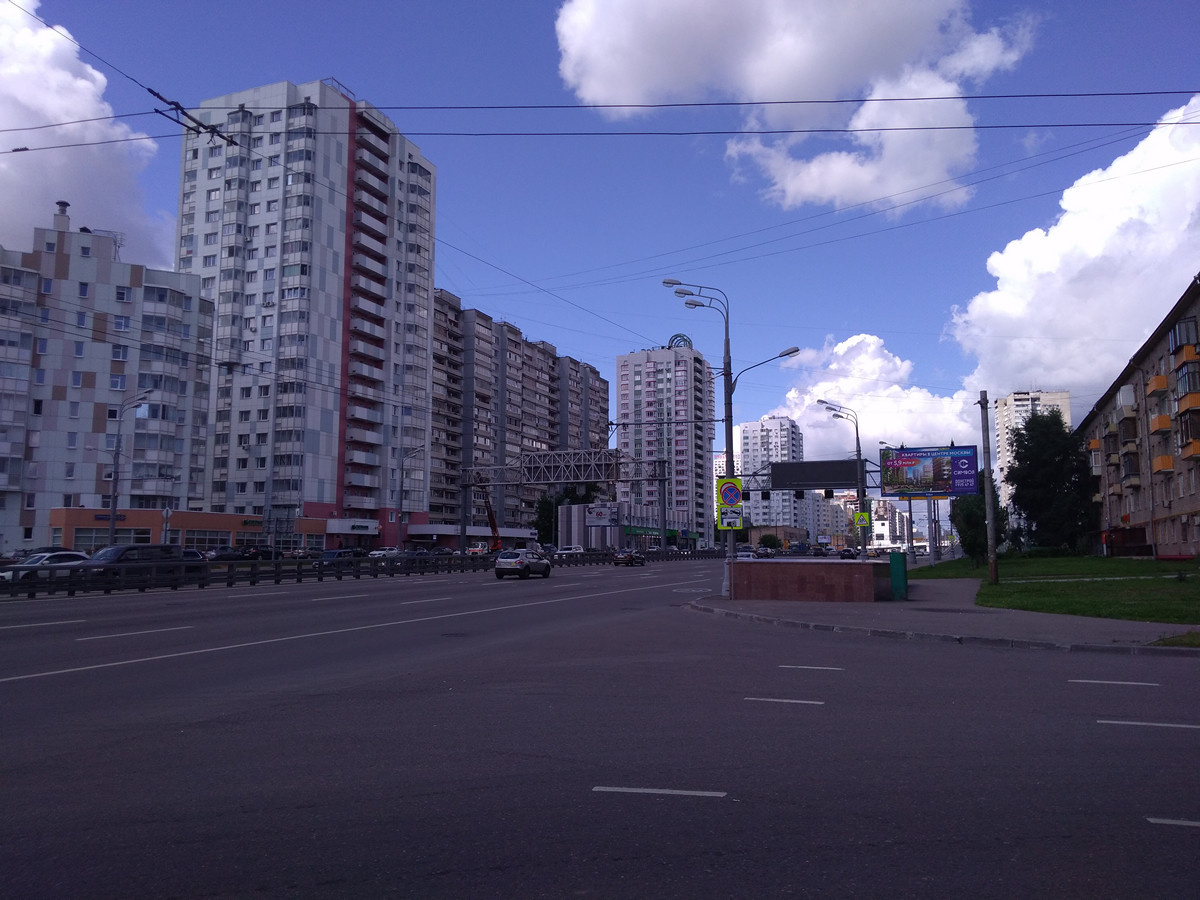
Wide-angle camera (16: 9 aspect ratio):
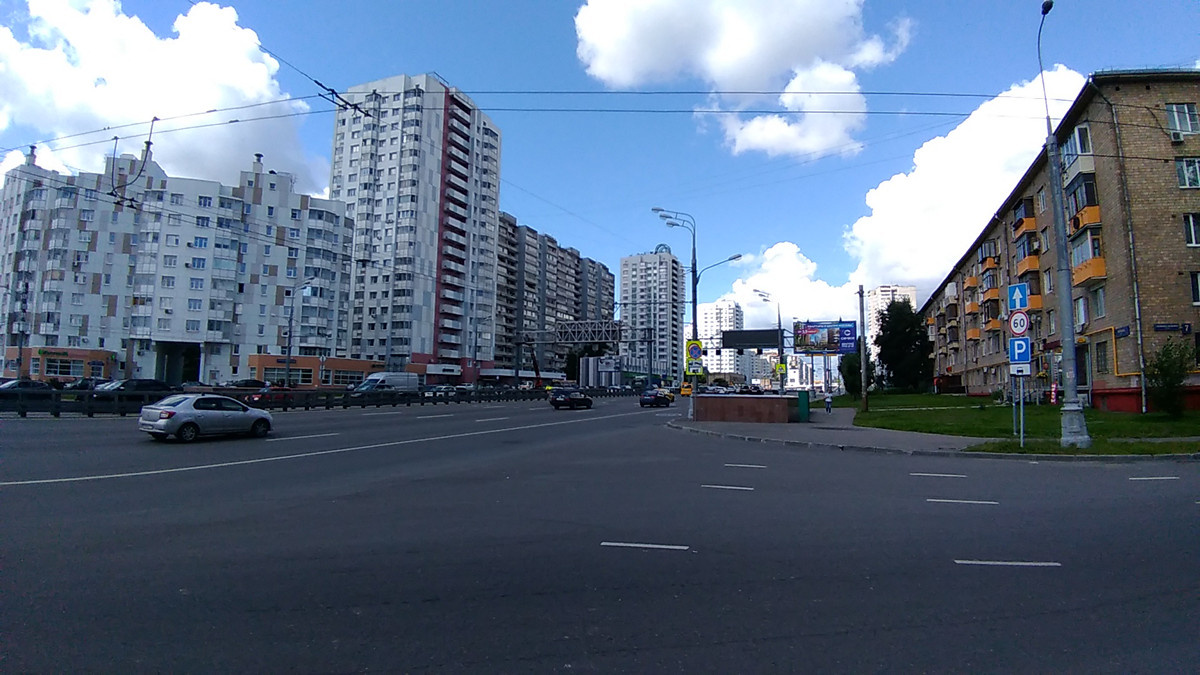
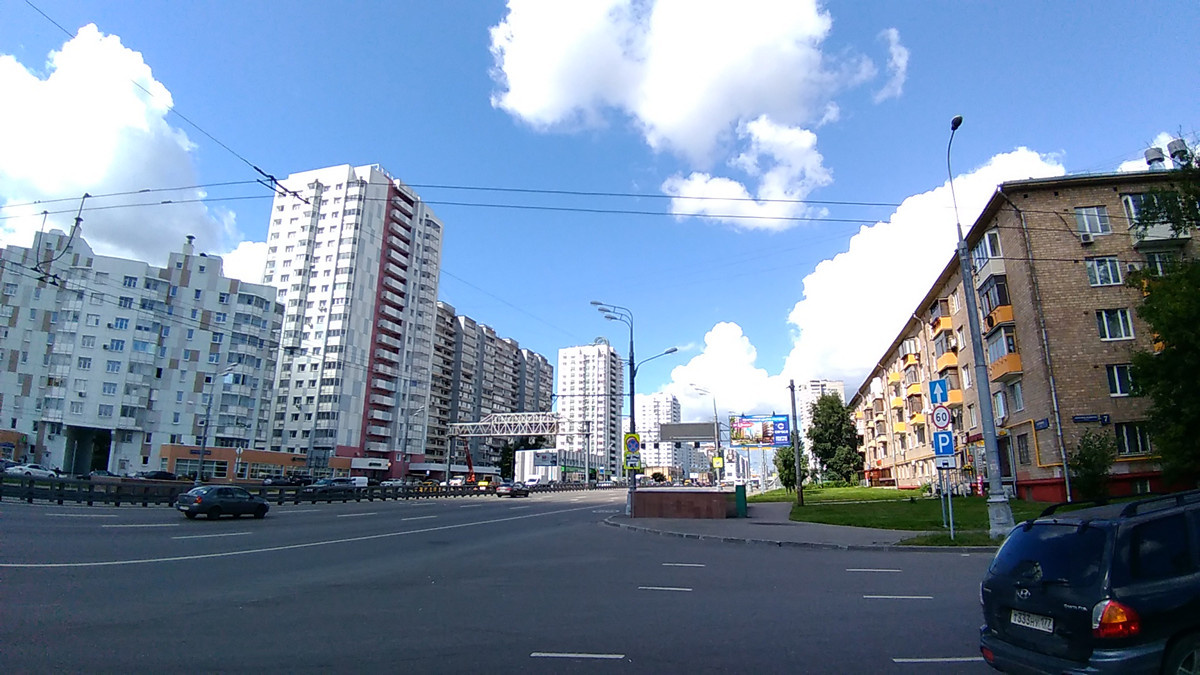
"Main" camera:
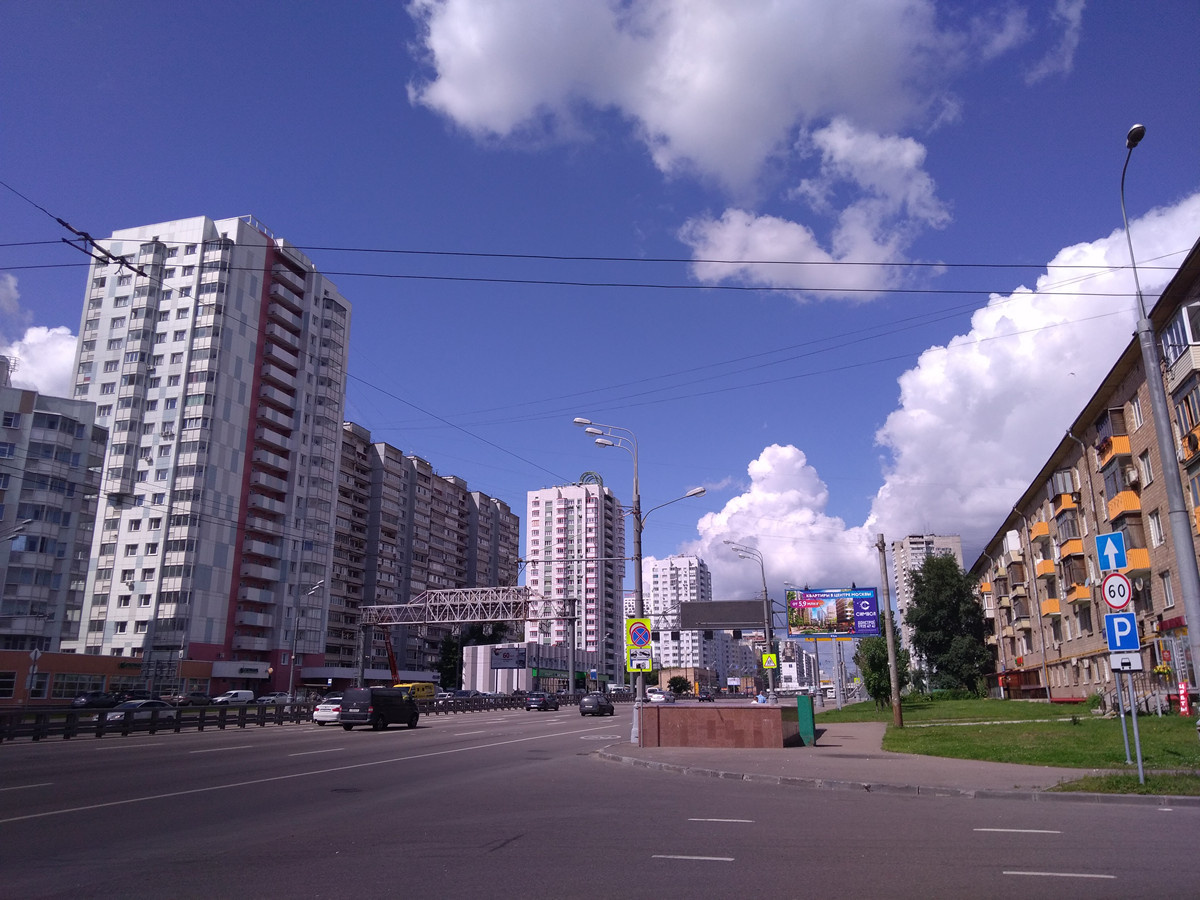
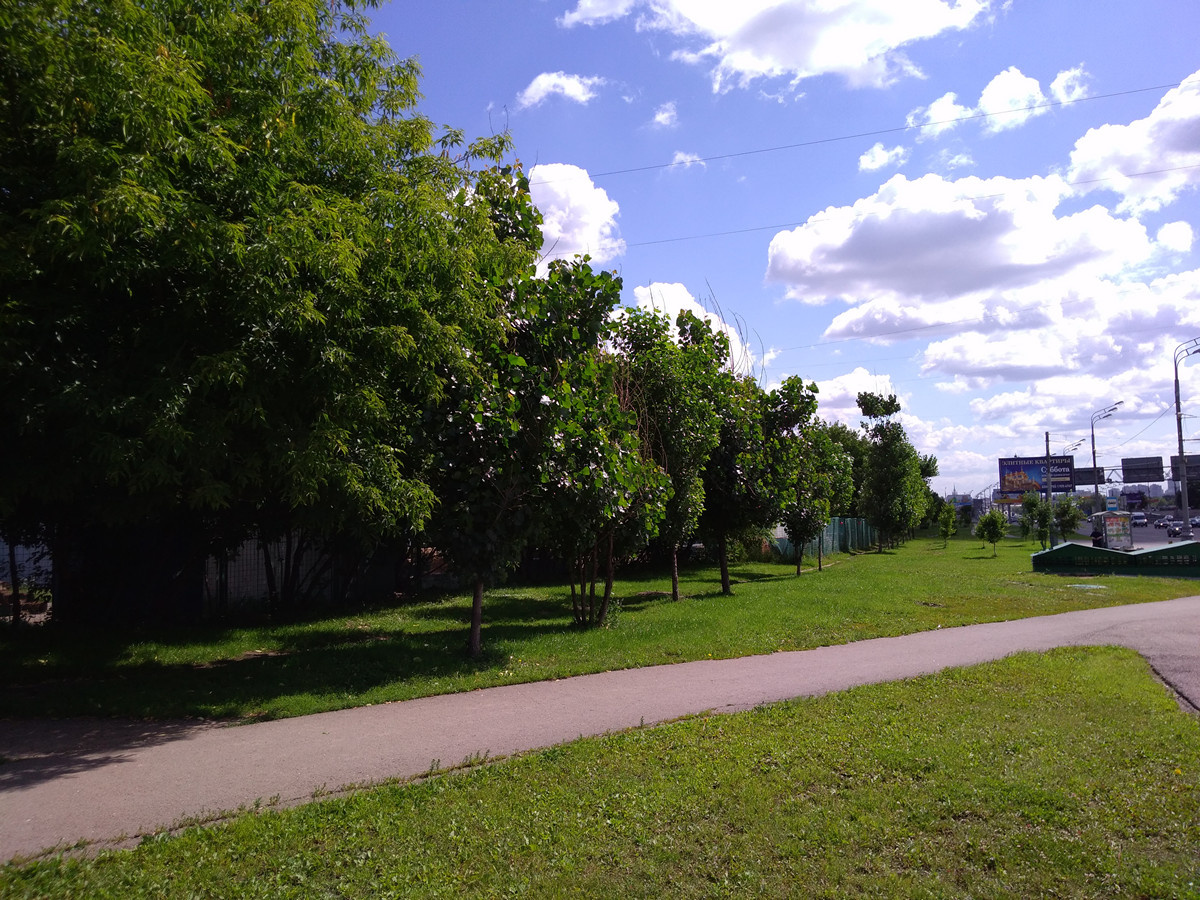
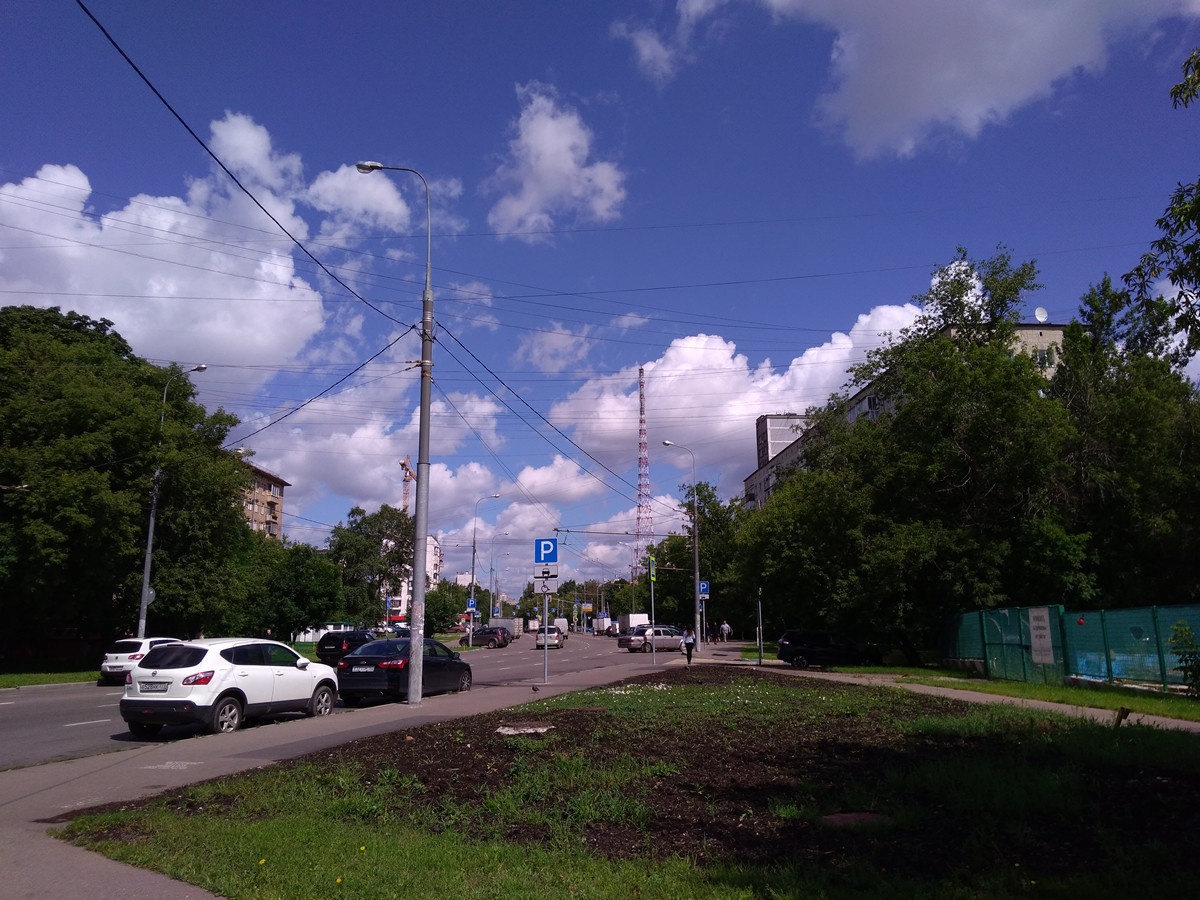
Wide angle camera:
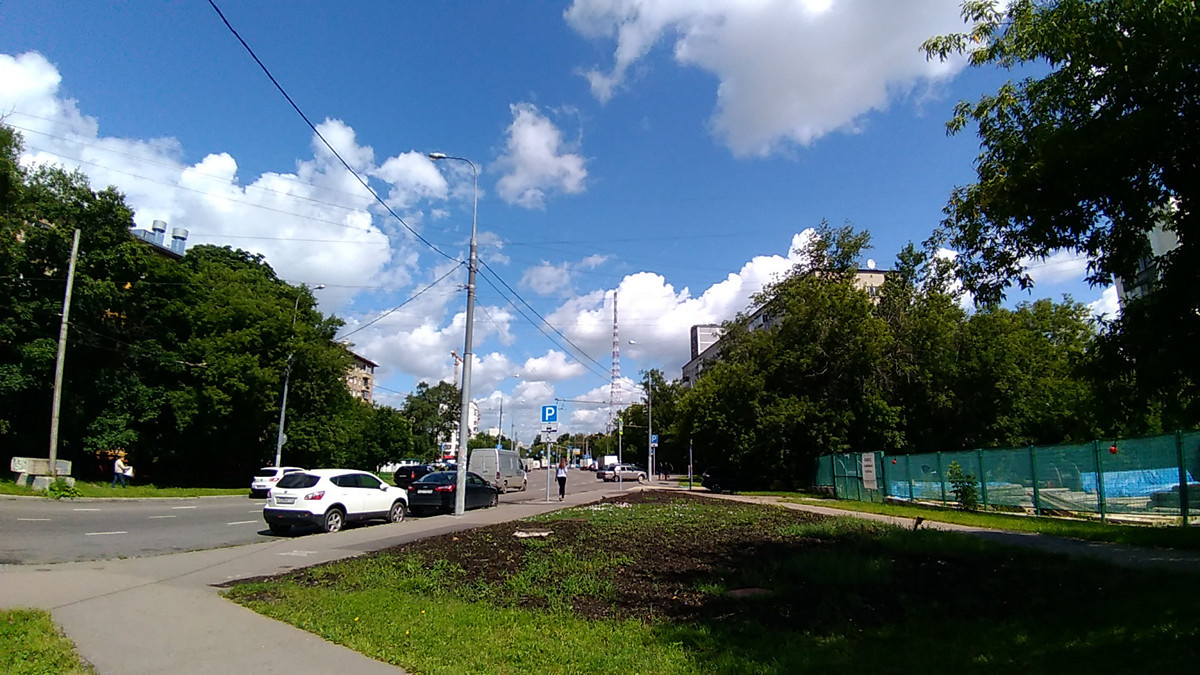
"Main" camera with different aspect ratios:
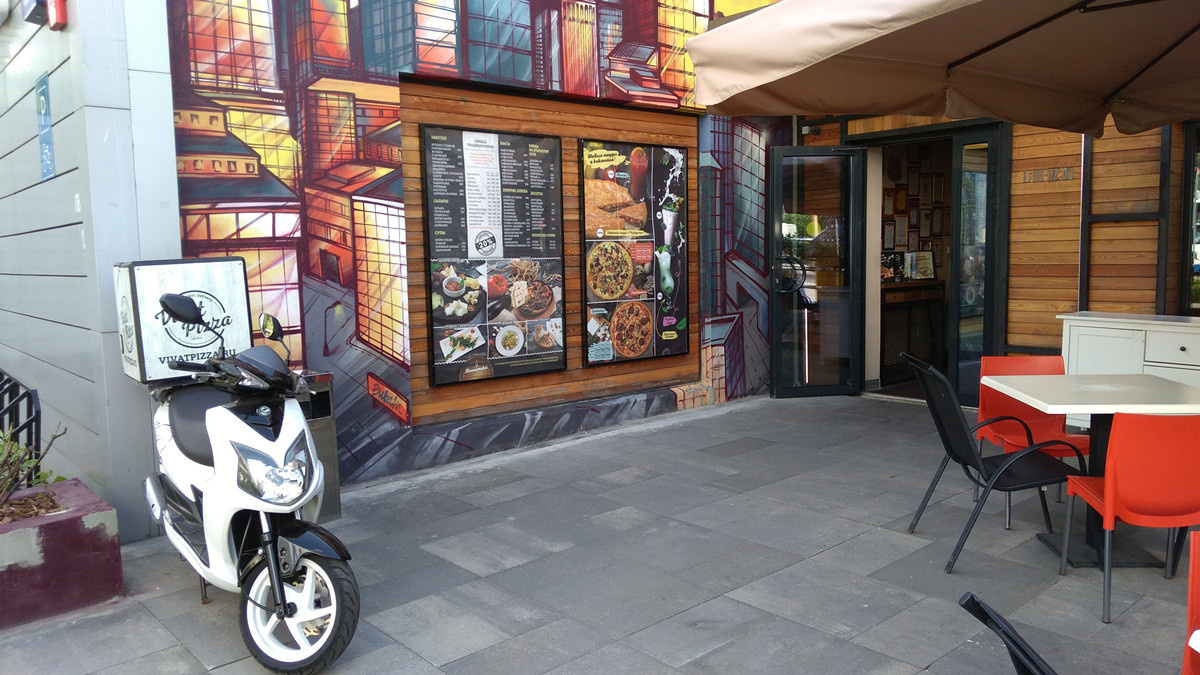
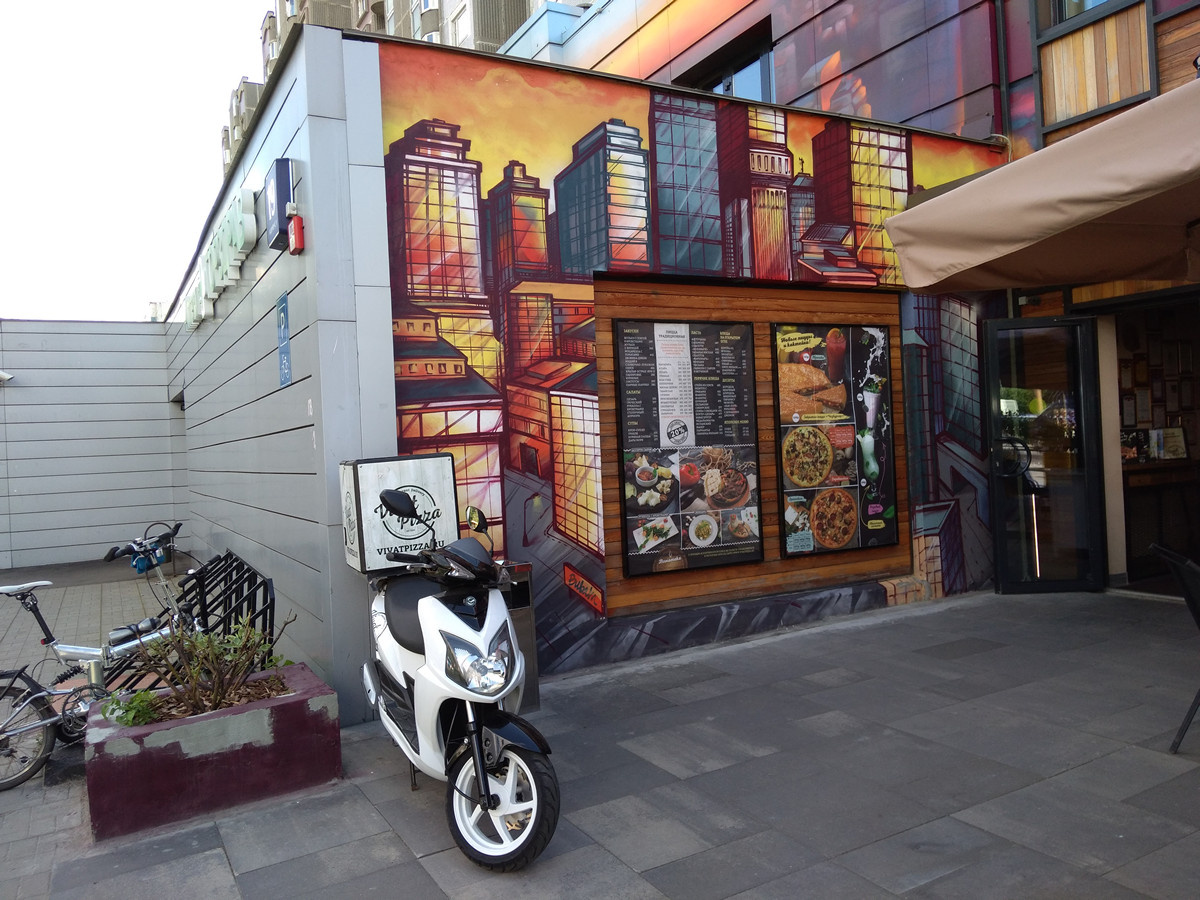
Panorama mode:

"Main" camera:

"Main" camera with digital zoom 2.09x:

Wide angle camera:
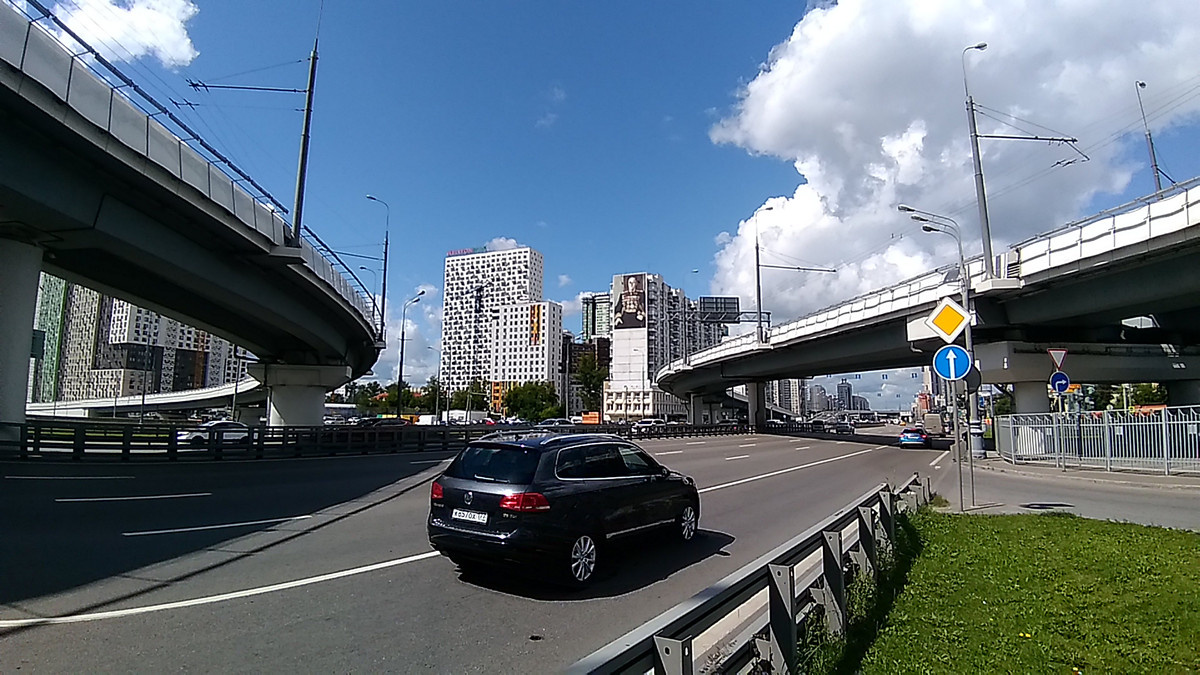
"Main" camera:

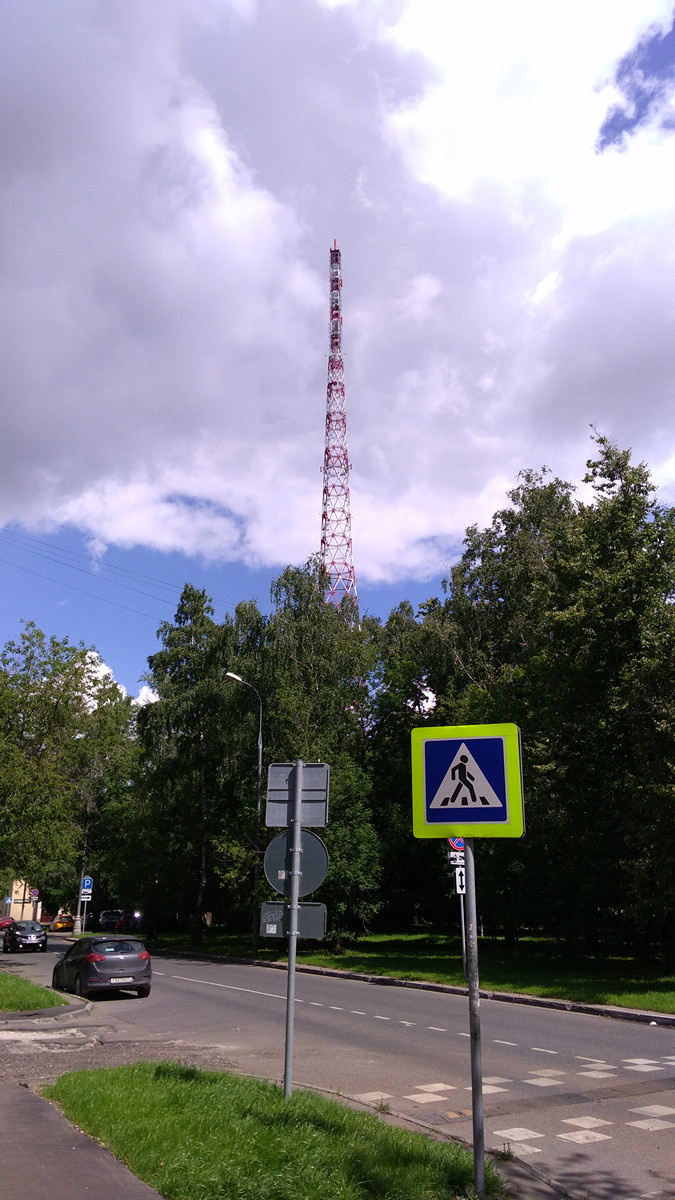

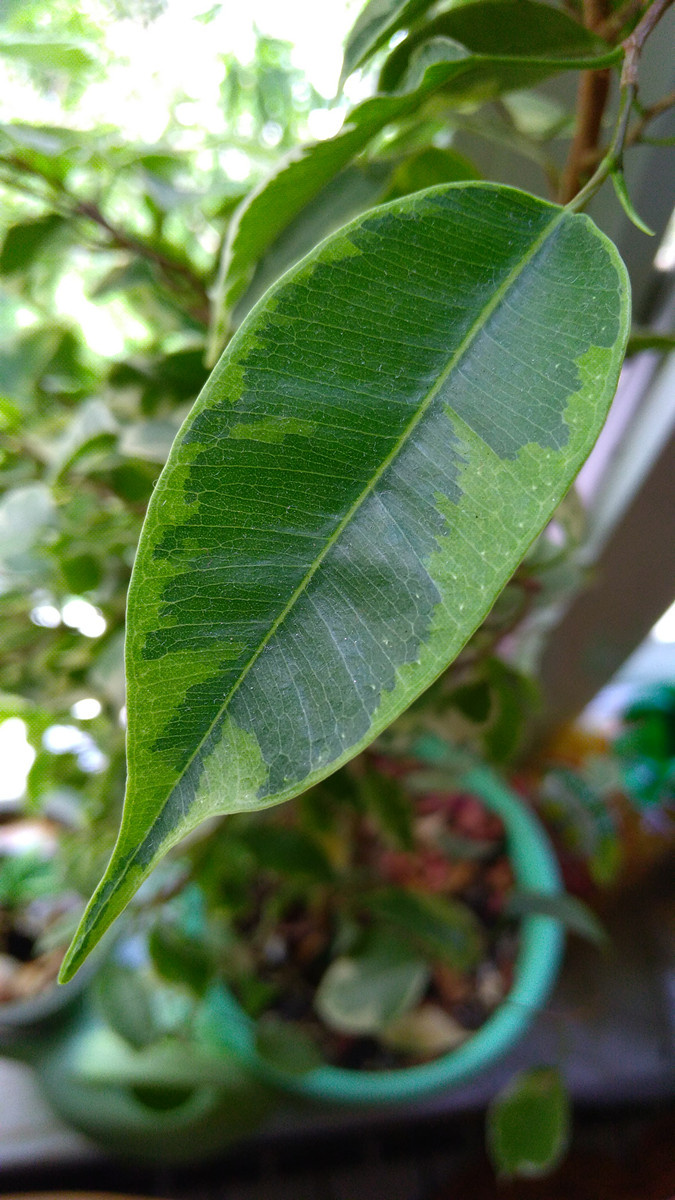




Wide angle camera:

Front-camera:
With and without BeautyLive:


With BeautyLive feature:


"Main" camera (4: 3 aspect ratio):

Wide-angle camera (16: 9 aspect ratio):


"Main" camera:



Wide angle camera:

"Main" camera with different aspect ratios:


Panorama mode:

"Main" camera:

"Main" camera with digital zoom 2.09x:

Wide angle camera:

"Main" camera:








Wide angle camera:

Front-camera:
With and without BeautyLive:


With BeautyLive feature:


Software
The smartphone runs on Android 7.1. To unlock the smartphone using a fingerprint sensor, you can configure five fingers. Moreover, the sensor recognizes them from any angle, even if you turn the smartphone upside down.
Of the pre-installed applications, you can note the corporate Mobile Dispatcher, with which it is easy to optimize the use of RAM, check your phone for malware, fine-tune power consumption, manage permissions for applications, and much more.
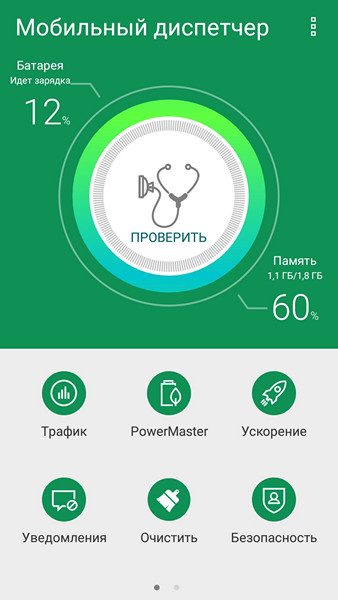
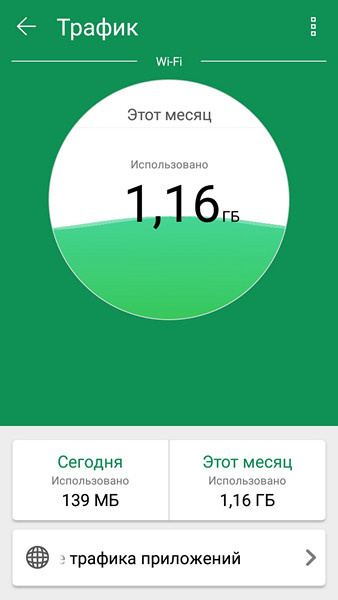



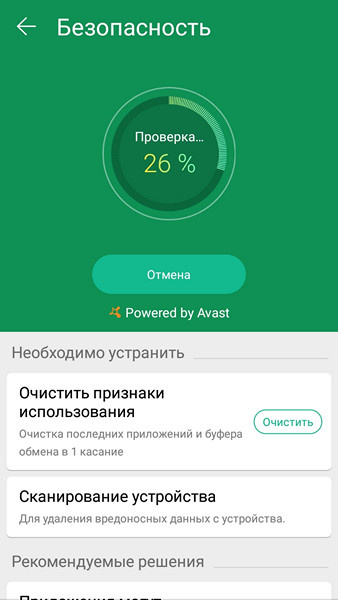

Of course, in the presence of a proprietary graphic shell ZenUI, allowing you to download and install free and paid themes for every taste:

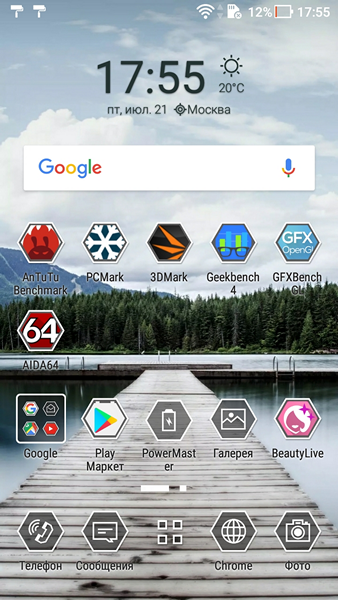

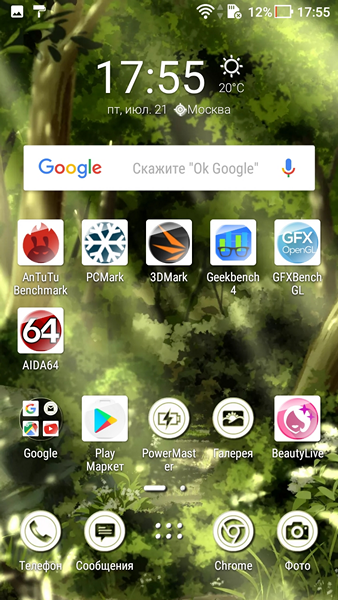




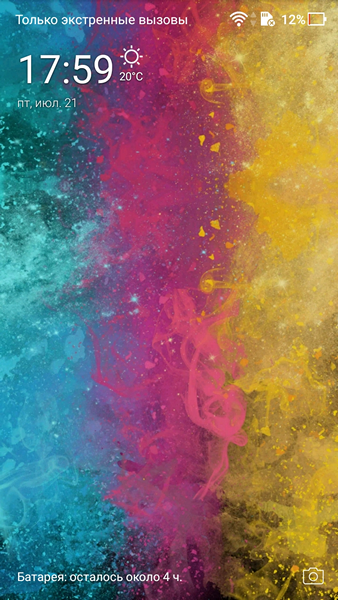
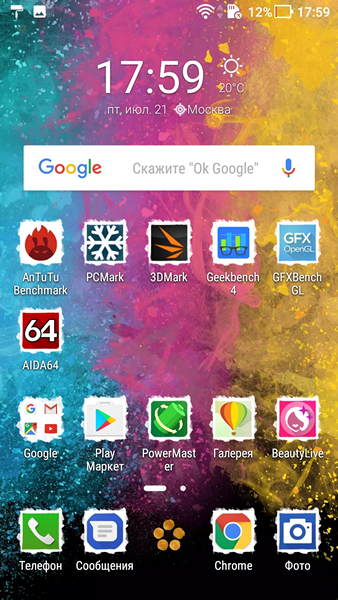
Performance and battery
ZenFone 4 Max comes in two versions: with an eight-core Qualcomm Snapdragon 430 processor and a graphics chip Adreno 505 (S430), or with a quad-core Qualcomm Snapdragon 425 and Adreno 308 (S425). The amount of RAM - 2 or 3 GB. The review had a younger model, and its performance was quite enough for any operations, including such heavy ones as generating HDR photos on the fly.
Benchmark Results
AnTuTu:
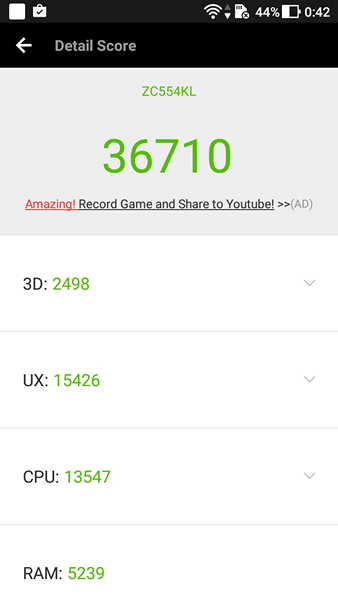
3Dmark:
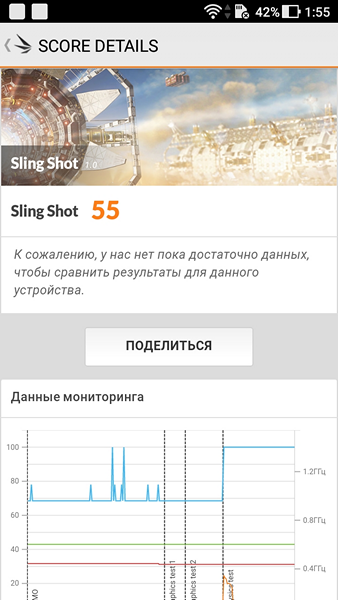

GeekBench:

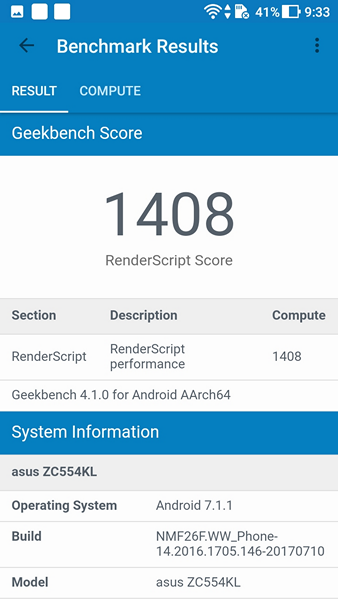
GFXbench:
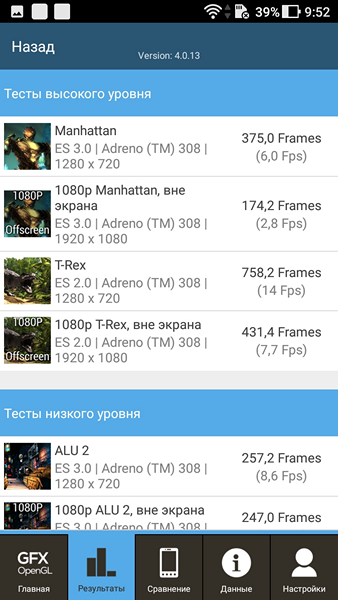
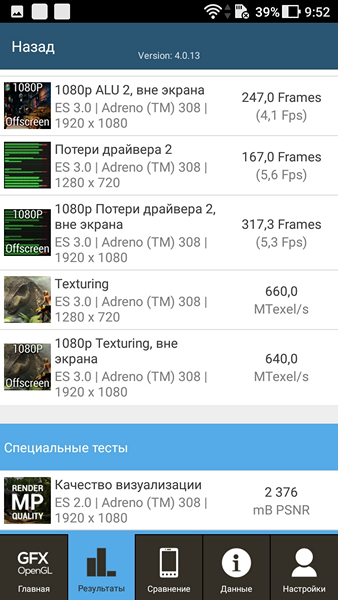
PCmark:
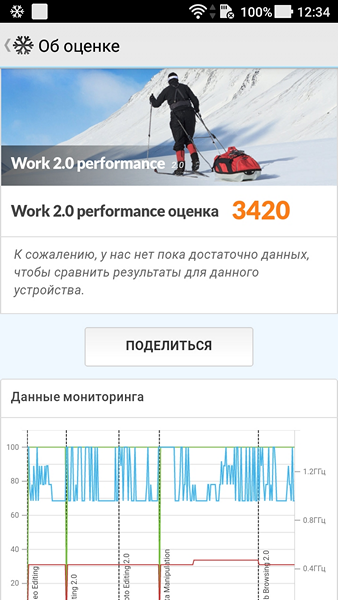
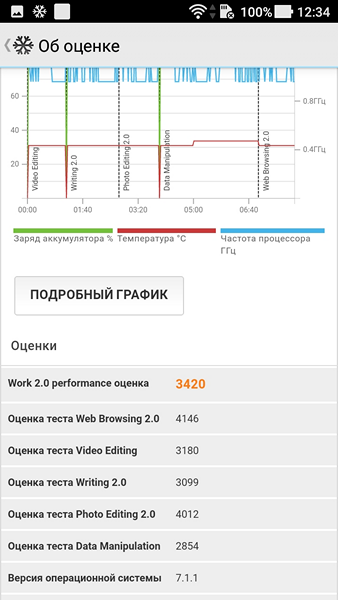

3Dmark:


GeekBench:


GFXbench:


PCmark:


Another important feature of the ZenFone 4 Max is the 5000 mAh battery. By the way, this is only half as large as that of the ASUS ZenPower portable battery . Due to this, as well as energy-efficient hardware, the smartphone worked for almost 16.5 hours! At the same time, the capacity dropped to 20%, so in reality there were still a few hours of work.
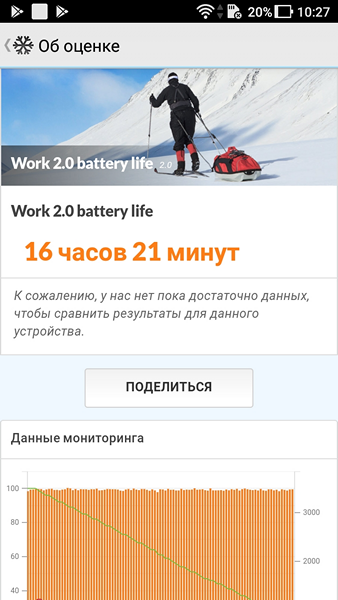
Moreover, using the PowerMaster application, you can further extend the “life”:











Pay attention to the last screenshot: in ZenFone 4 Max a variety of electrical protection mechanisms are implemented. This is quite relevant, because with such a capacity of the battery, the smartphone itself can be used as a portable battery for charging other gadgets, for this purpose there is an OTG cable included. And this increases the risk of problems with electronics and / or data loss: you never know how and what the user manages to connect to the smartphone.
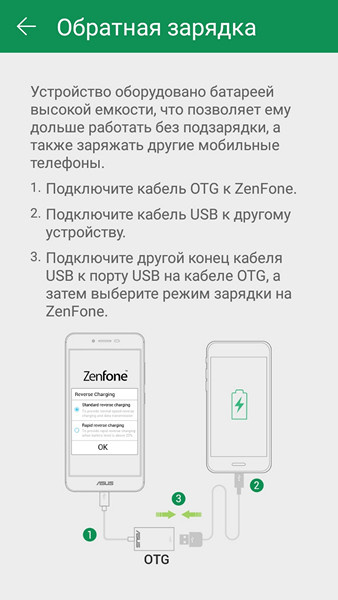
By the way, when charging from ZenFone 4 Max, the function of fast charging other gadgets with a current of 1 amp is supported.
Conclusion
The smartphone turned out to be interesting for many categories of users. Two cameras will be convenient for those who take a lot of pictures. Yes, even if you are generally indifferent to mobilography, then ZenFone 4 Max may well change your attitude towards this occupation. BeautyLive and frontal flash will appeal to fans of selfie and video streaming. A large battery, coupled with a powerful and economical iron will appeal to all in general. In my memory, no smartphone has shown such results for longevity, it reminded me of times when push-button telephones could not be charged for a week.
Recommended retail price: from 13 990 rubles.
All Articles